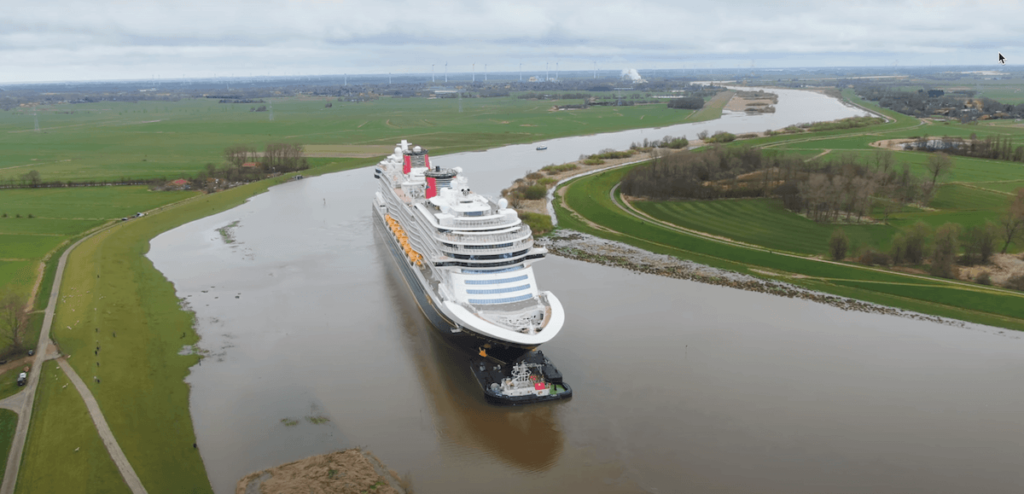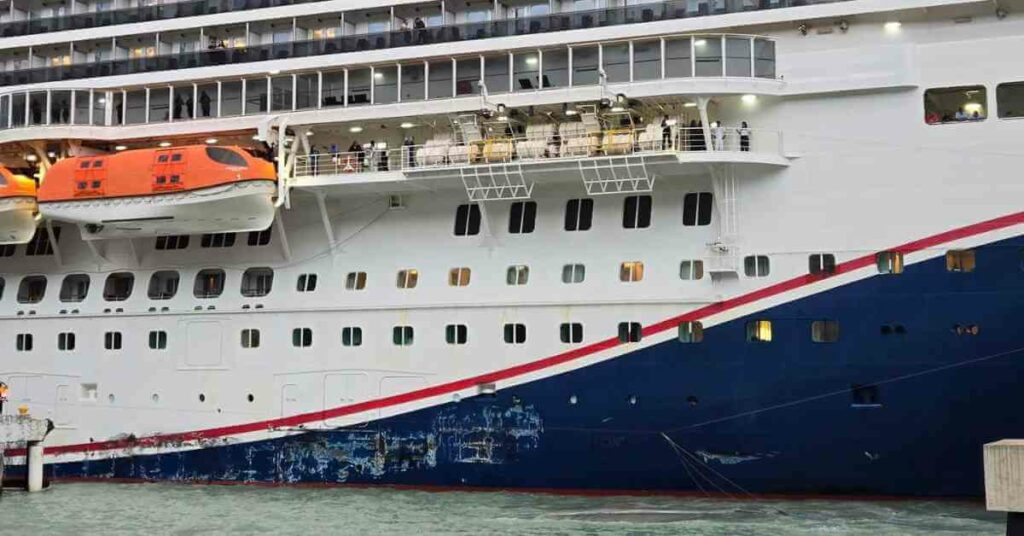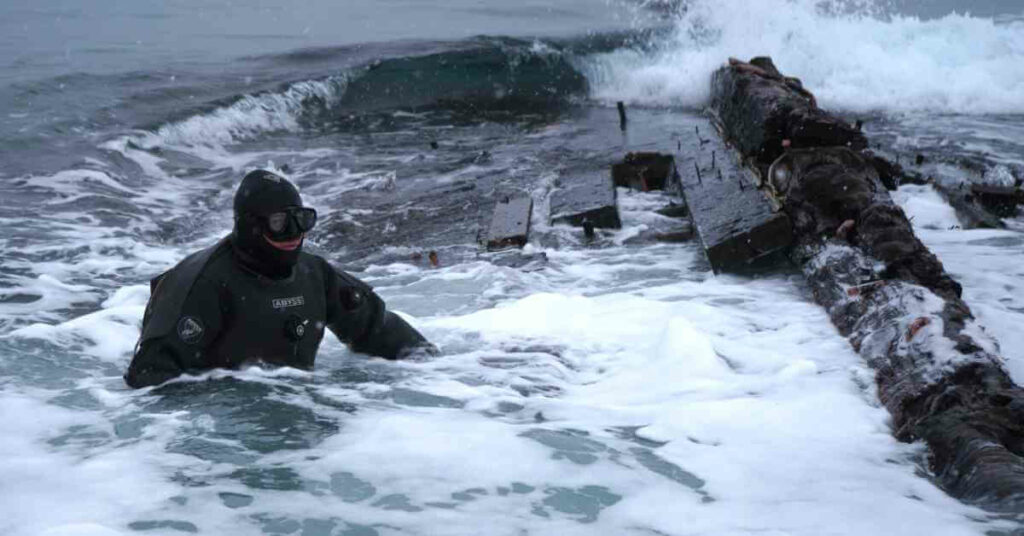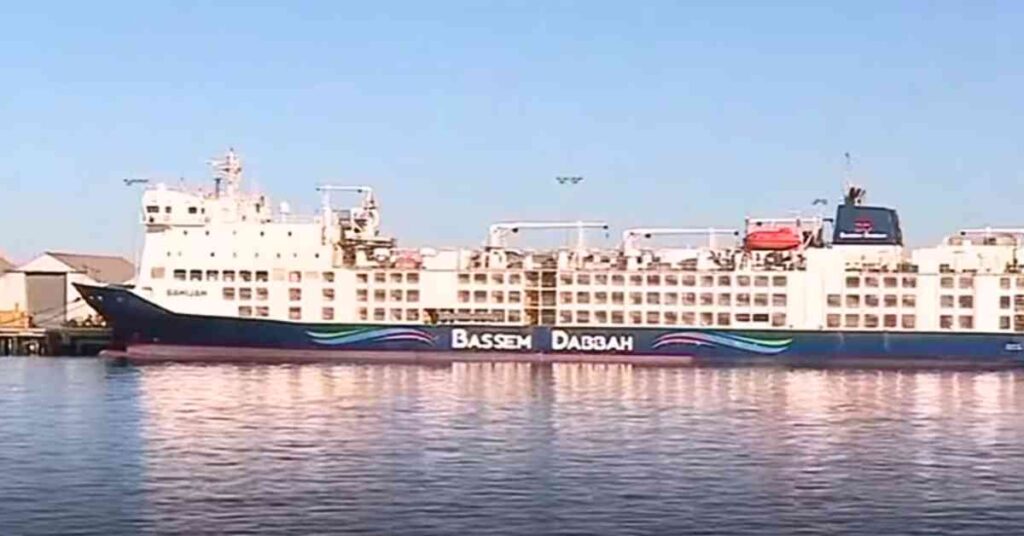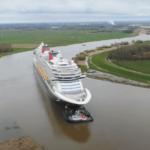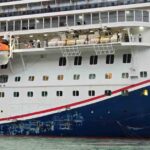World’s 1st Electric Flying Passenger Ferry Candela P-12 Moves Towards Production
The world’s first electric hydro foiling passenger ship has satisfactorily completed its trials in Stockholm, welcome news for sustainable maritime transportation.
Video Credits: Candela Boats
The vessel Candela P-12 of the Swedish Tech Company Candela Technology AB is now heading towards serial production at the company’s Rotebro facility.
The concept behind this vessel was announced in June last year. This novel vessel seeks to address the main obstacles, i.e. limited range, slow speed and enormous energy usage of traditional hulls that have limited the commercial production and adoption of electric vessels.
This vessel uses computerised information to elevate its hulls above the water friction. In its first flight, Candela P-12 reached a speed of 30 knots, which is quite an achievement for an electric passenger vessel.
It has a range of up to 50 nm, making it the first electric vessel with endurance that enables it to cover most coastal transportation requirements. Additionally, this vessel will not cause coastal erosion nor cause damage to docks and moored vessels, even if it operates at maximum speed.
Maritime Transportation produces three per cent of carbon dioxide emissions, a figure said to increase to thirteen per cent shortly if no steps are taken. In this scenario, electric vessels present a ray of hope, and their market is said to hit US $ 31.49 billion by 3034. However, their adoption is still slow due to their cost and limited performance.
Candela P-12 aims to bring about a fossil-free future in maritime transportation as it offers lower investment costs for operators and boosts profits comparable to the internal combustion engine (ICE) vessels.
It costs €1.7 million, and its 30-seater variant matches the price of ICE vessels of similar size, thanks to the hydrofoil efficiency, which allows for an expansive range of a 252 kWh battery.
Erik Eklund, Candela’s Director for Commercial Vessels, said, “With the P-12, we’re not just offering a faster, more comfortable electric alternative to fossil fuel-powered vessels. We enable operators to make the switch to sustainable vessels that are cost-effective and profitable, a crucial step towards clean oceans and lakes.”
After it enters service, we can expect decreased fuel costs, and its C-POD motors need minimal maintenance and are made for operation by a single crew, which cuts costs further.
References: India Shipping News, afloat
Do you have info to share with us ? Suggest a correction
About Author
Marine Insight News Network is a premier source for up-to-date, comprehensive, and insightful coverage of the maritime industry. Dedicated to offering the latest news, trends, and analyses in shipping, marine technology, regulations, and global maritime affairs, Marine Insight News Network prides itself on delivering accurate, engaging, and relevant information.

About Author
Marine Insight News Network is a premier source for up-to-date, comprehensive, and insightful coverage of the maritime industry. Dedicated to offering the latest news, trends, and analyses in shipping, marine technology, regulations, and global maritime affairs, Marine Insight News Network prides itself on delivering accurate, engaging, and relevant information.
Latest Videos Articles You Would Like:
- Watch: Giant Disney Cruise Ship Maneuvers Through Impossibly Narrow River
- Cruise Ship Damaged Due To Severe Weather, Passengers Stuck Abroad
- Archaeologists Examine 19th-Century Shipwreck Found On Canadian Coast
- Australia Stops Livestock Ship From Sailing Around Africa To Israel Amidst Houthi Attacks
- Iran Warns U.S. Of Targeting Cargo Ships Following Latest Airstrikes On Houthis
- Watch: Ukrainian Forces Destroy Russian Missile Boat In Black Sea Operation
Daily Maritime News, Straight To Your Inbox
Sign Up To Get Daily Newsletters
Join over 60k+ people who read our daily newsletters
By subscribing, you agree to our Privacy Policy and may receive occasional deal communications; you can unsubscribe anytime.



